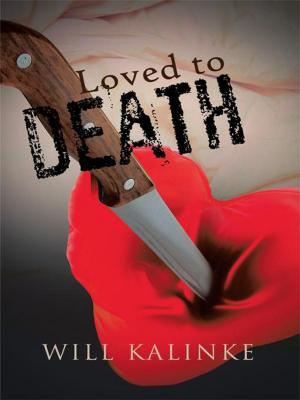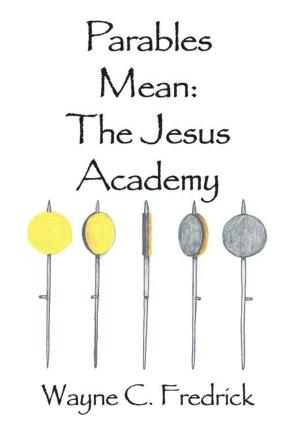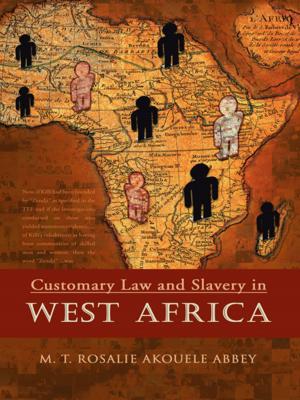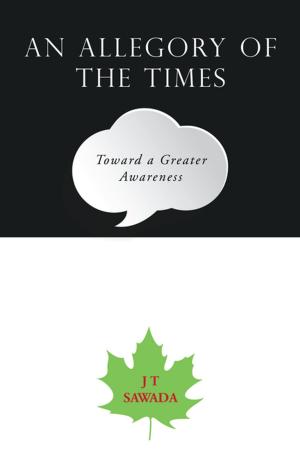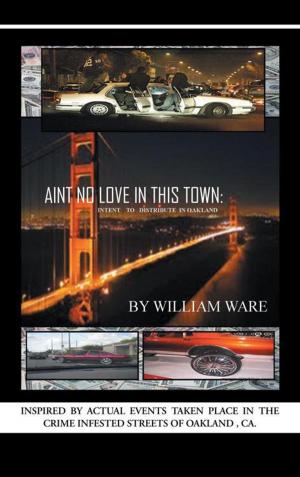| Author: | David Charlson | ISBN: | 9781412236577 |
| Publisher: | Trafford Publishing | Publication: | February 6, 2006 |
| Imprint: | Trafford Publishing | Language: | English |
| Author: | David Charlson |
| ISBN: | 9781412236577 |
| Publisher: | Trafford Publishing |
| Publication: | February 6, 2006 |
| Imprint: | Trafford Publishing |
| Language: | English |
Charles Bukowski disliked academics, as this academic and readable book points out from page one onward of its introduction, "Charles Bukowski vs. American Ways." Begun before Bukowski died in 1994, Charles Bukowski: Autobiographer, Gender Critic, Iconoclast was the first doctoral dissertation on his prose and poetry up to that date, and it is offered now for fans and academics alike-no more need for black-market sales.
Chapter One, "Placing Bukowski," introduces Bukowski's amazing life and career and relates his work to influential predecessors (primarily Ernest Hemingway and John Fante) and four contemporaries (Raymond Carver, Kurt Vonnegut, Frederick Exley, and Hunter Thompson).
Chapter Two, "Bukowski Among the Autobiographers," pursues Bukowski's comprehensive autobiographical project. Harnessing Timothy Dow Adams' concept of "strategic lying," the chapter follows Bukowski's thinly veiled personae through three stages-first through the attention-getting "Dirty Old Man," then responding to the attention and (re)defining himself, finally culminating in "Henry Chinaski," the hero of Bukowski's five autobiographical novels.
Chapter Three, "Problems of Masculinity: At 'Home,' at Work, at Play," tackles the knee-jerk assessment of Bukowski as just a sexist "Dirty Old Man." Michael Kaufman's "triad of men's violence" (against women, other men, and themselves) explains the general Bukowski persona as a complicated gender construct. Bukowski's Bildungsroman, Ham on Rye, shows Chinaski as victim, practitioner, and critic of male violence, with the last role figuring into his other work too.
Chapter Four, "Bukowski vs. 'Institution Art,'" classifies this challenging author as both populist and avant-garde. As general postmodern phenomenon, he blends the democratic accessibility of populist writing with the adventurous gesturing of the avant-garde, and the result is direct, daring, truthful, and funny.
The book's conclusion, "Summing Up: Giving Bukowski His Due," predicts that Bukowski will be read far into the 21st century. Buy his books before you buy this one.
Charles Bukowski disliked academics, as this academic and readable book points out from page one onward of its introduction, "Charles Bukowski vs. American Ways." Begun before Bukowski died in 1994, Charles Bukowski: Autobiographer, Gender Critic, Iconoclast was the first doctoral dissertation on his prose and poetry up to that date, and it is offered now for fans and academics alike-no more need for black-market sales.
Chapter One, "Placing Bukowski," introduces Bukowski's amazing life and career and relates his work to influential predecessors (primarily Ernest Hemingway and John Fante) and four contemporaries (Raymond Carver, Kurt Vonnegut, Frederick Exley, and Hunter Thompson).
Chapter Two, "Bukowski Among the Autobiographers," pursues Bukowski's comprehensive autobiographical project. Harnessing Timothy Dow Adams' concept of "strategic lying," the chapter follows Bukowski's thinly veiled personae through three stages-first through the attention-getting "Dirty Old Man," then responding to the attention and (re)defining himself, finally culminating in "Henry Chinaski," the hero of Bukowski's five autobiographical novels.
Chapter Three, "Problems of Masculinity: At 'Home,' at Work, at Play," tackles the knee-jerk assessment of Bukowski as just a sexist "Dirty Old Man." Michael Kaufman's "triad of men's violence" (against women, other men, and themselves) explains the general Bukowski persona as a complicated gender construct. Bukowski's Bildungsroman, Ham on Rye, shows Chinaski as victim, practitioner, and critic of male violence, with the last role figuring into his other work too.
Chapter Four, "Bukowski vs. 'Institution Art,'" classifies this challenging author as both populist and avant-garde. As general postmodern phenomenon, he blends the democratic accessibility of populist writing with the adventurous gesturing of the avant-garde, and the result is direct, daring, truthful, and funny.
The book's conclusion, "Summing Up: Giving Bukowski His Due," predicts that Bukowski will be read far into the 21st century. Buy his books before you buy this one.


